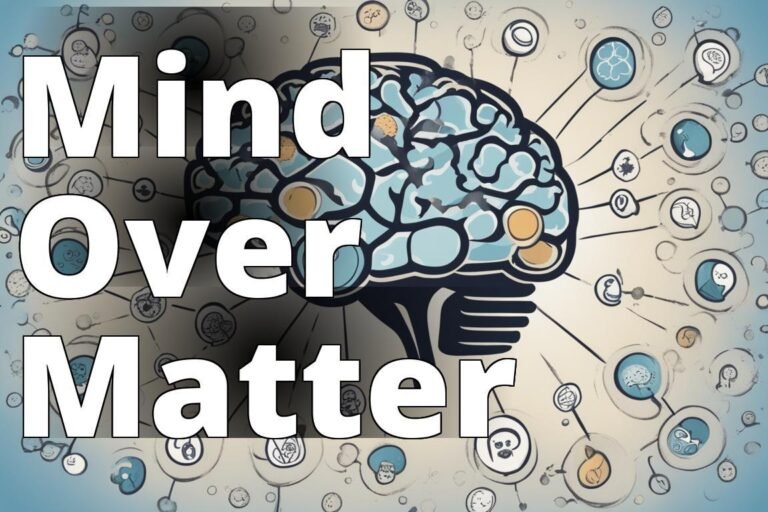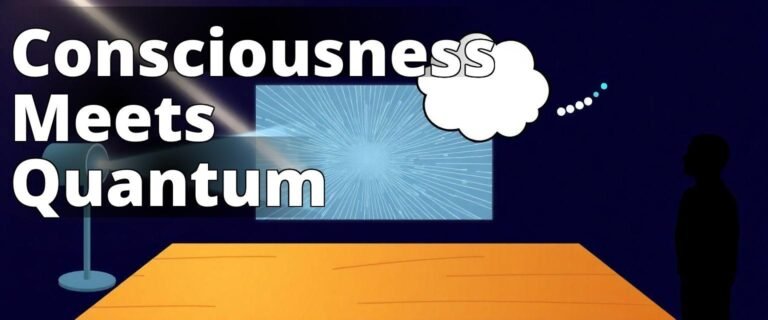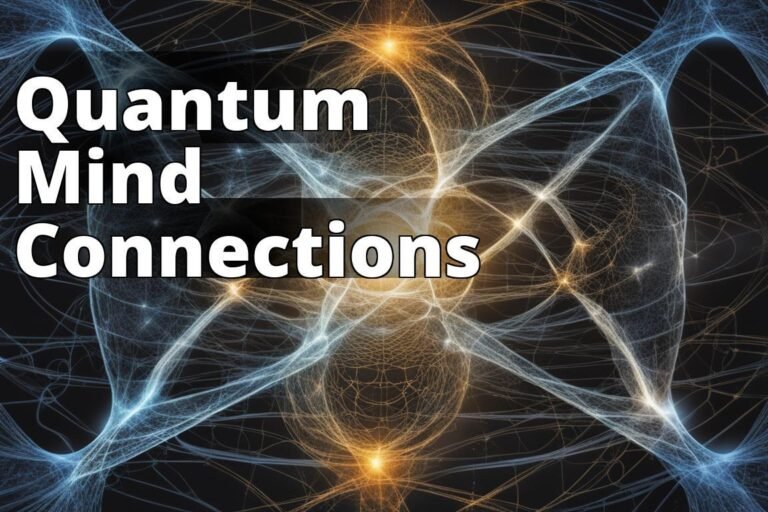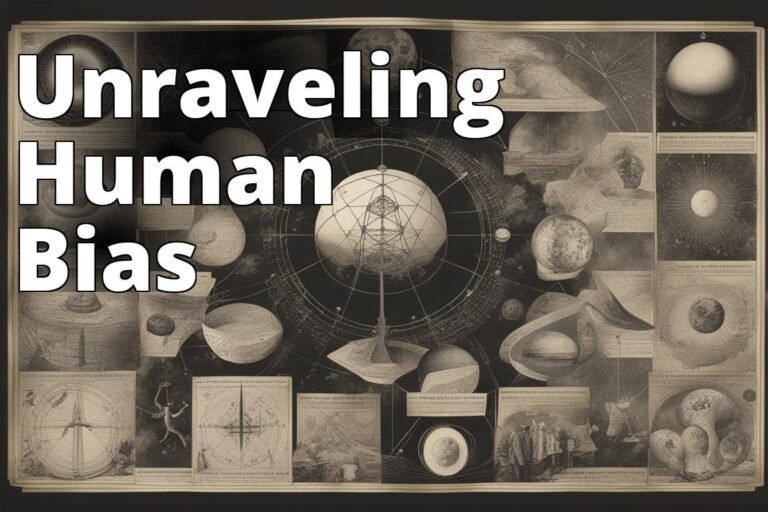What is the quantum world?
Diving into the quantum world is akin to stepping through a looking glass into a realm where the usual rules of reality don’t quite apply. It’s a place where particles can be in multiple places at once, teleportation exists (sort of), and cats can be both alive and dead until someone checks (thanks, Schrödinger). If this sounds more like magic than science, you’re not alone in thinking that. But this is the reality of quantum mechanics, a fundamental theory in physics that provides a description of the physical properties of nature at the scale of atoms and subatomic particles. So, what exactly is this quantum world that seems to defy common sense at every turn?
Learn about the Quantum World
- Understanding of quantum mechanics and physics
- Exploration of quantum theory and field
- Insight into quantum computing and entanglement
Quantum mechanics
Quantum mechanics is the branch of physics that studies the tiniest particles in the universethings like electrons and photonsand the bizarre, counterintuitive ways they behave. Imagine playing a video game where the rules changed every time you looked away from the screen. That’s a bit what quantum mechanics feels like to scientists.
- Insider Tip: “To truly grasp quantum mechanics, one must let go of the classical notion that things have definite states.” – Dr. Quantum
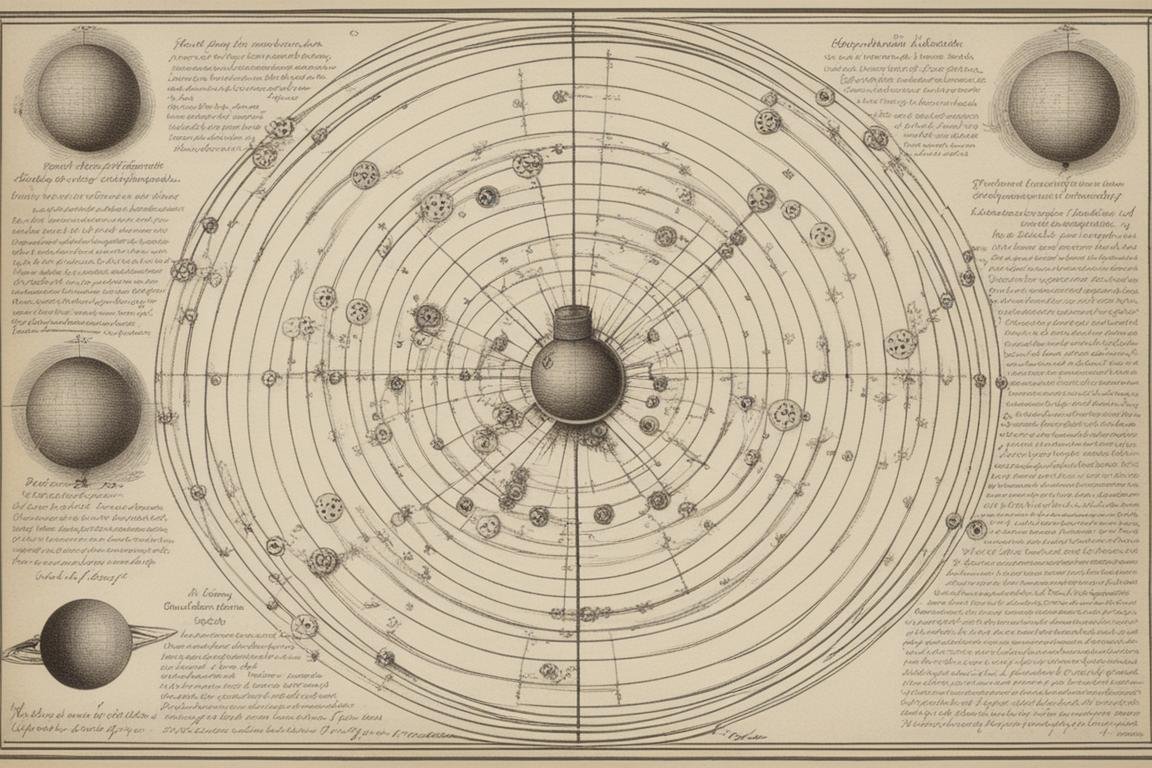
Quantum physics
Quantum physics is the broader term that encompasses not just quantum mechanics but also the theories and applications that have sprung from it. It’s the foundation of quantum chemistry, quantum computing, quantum cryptography, and more. It’s like the root of a tree from which branches of understanding in various domains grow.
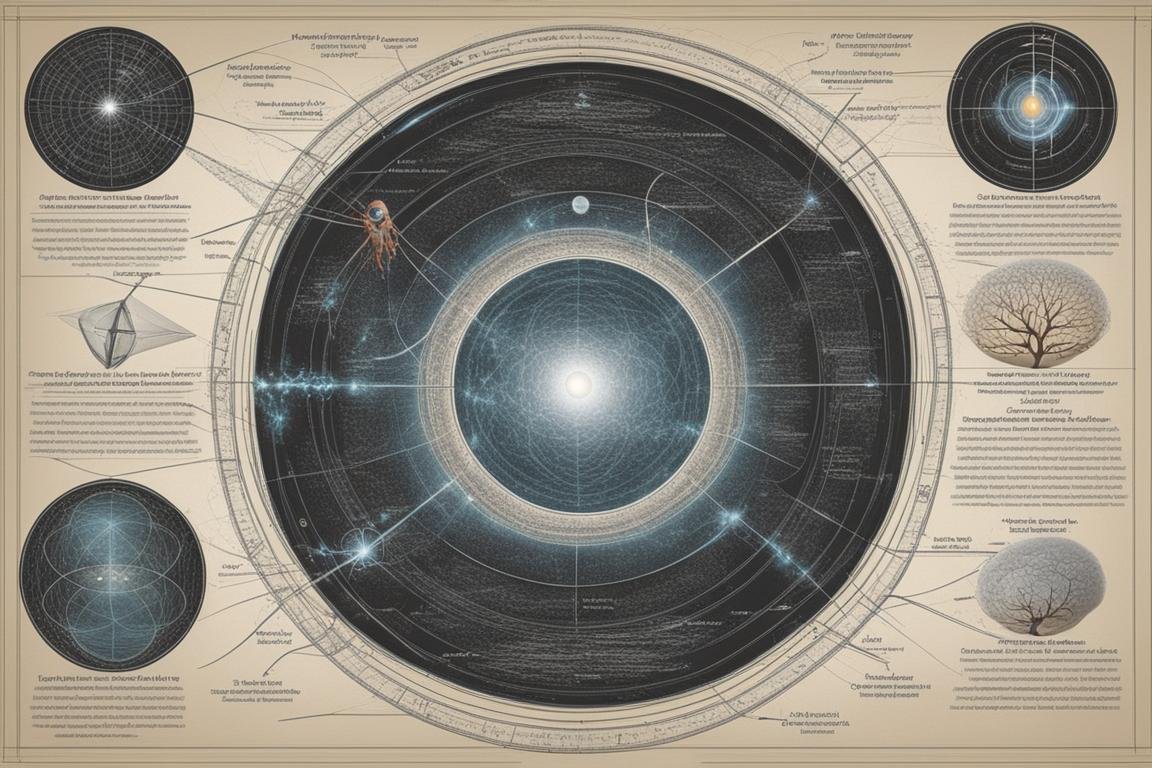
Quantum theory
Quantum theory is the theoretical basis of modern physics that explains the nature and behavior of matter and energy on the atomic and subatomic level. It proposes that energy, thought to be continuous, is actually quantized, in discrete “packets” or quanta. If you’ve ever seen a staircase, consider how you can only stand on the steps, not in betweenthat’s a rough analogy for quantization.
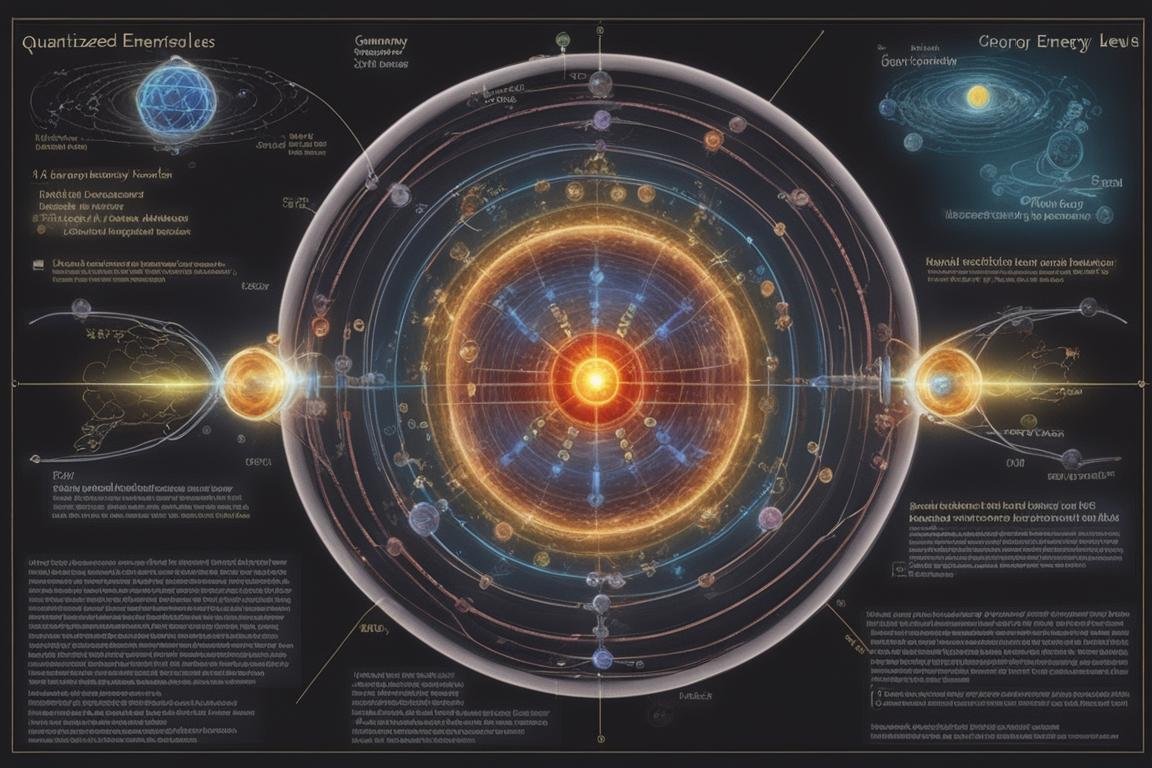
Quantum field theory
Quantum field theory (QFT) is a theoretical framework that combines classical field theory, quantum mechanics, and special relativity. It’s used to construct quantum mechanical models of subatomic particles and their interactions. QFT is like the language that particles use to communicate with each other across the quantum field.
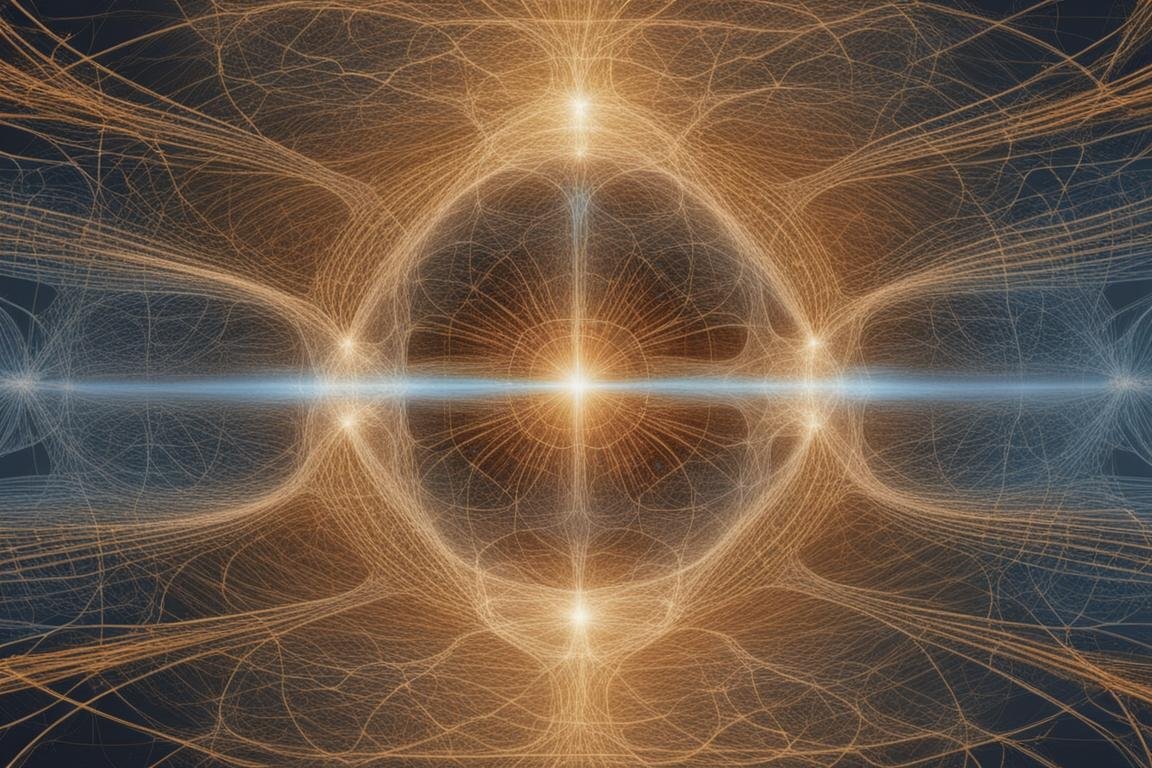
Quantum electrodynamics
Quantum electrodynamics (QED) is the theory of how light and matter interact. It’s a part of QFT focused specifically on the electromagnetic force, describing how light and matter exchange photons to exert force on each other. Imagine shining a flashlight in space; QED explains how those light particles push against objects they encounter.
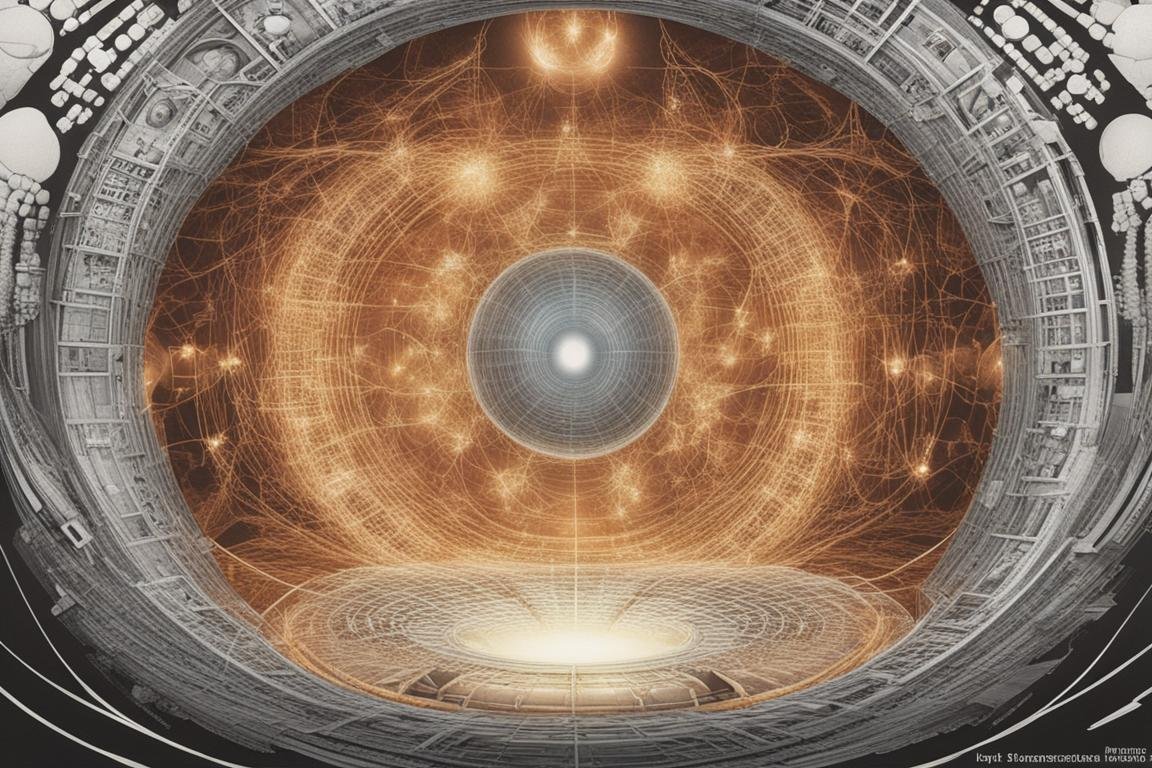
Quantum chromodynamics
Quantum chromodynamics (QCD) is the theory within the Standard Model of particle physics that describes the strong interactionthe fundamental force that holds atomic nuclei together. It explains how quarks and gluons interact within protons and neutrons. Think of it as the glue of the universe, holding everything together at the smallest scales.
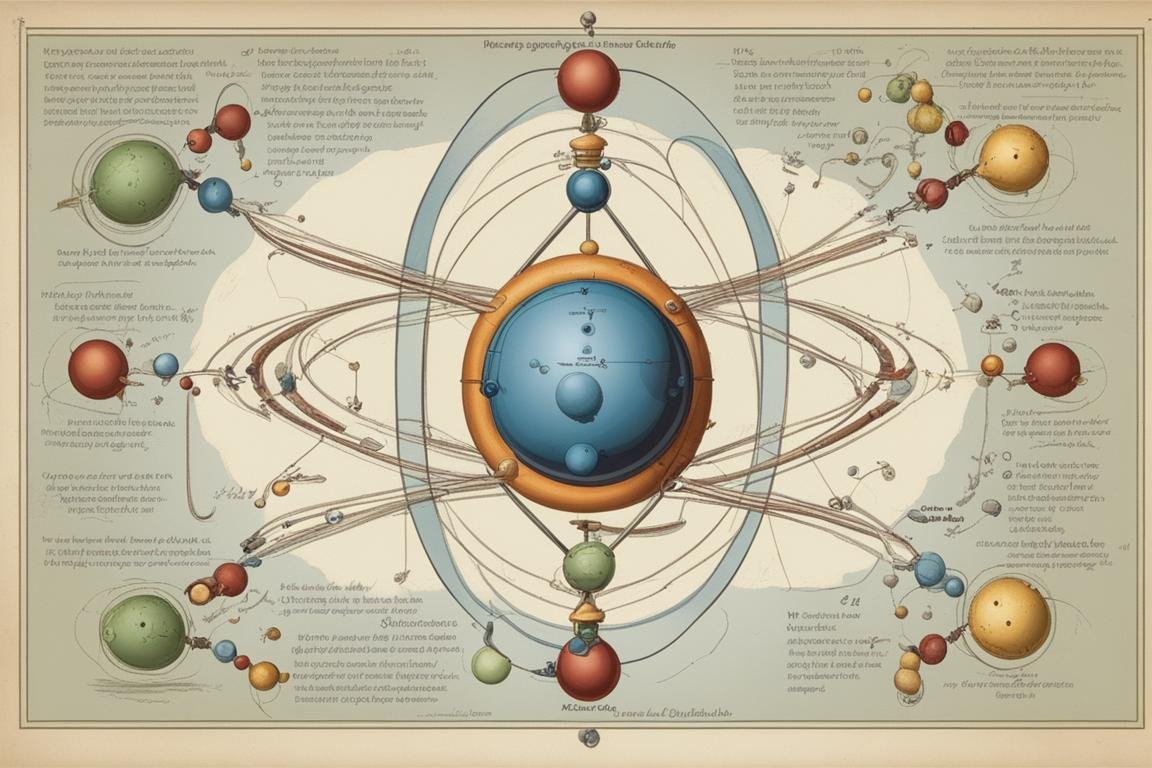
Quantum gravity
Quantum gravity is the field of theoretical physics that seeks to describe gravity according to the principles of quantum mechanics. It’s the missing link in physics, attempting to reconcile general relativity (which describes gravity at the macroscopic level) with quantum mechanics. It’s as if physics is trying to solve its own version of a “how to connect the dots” puzzle.
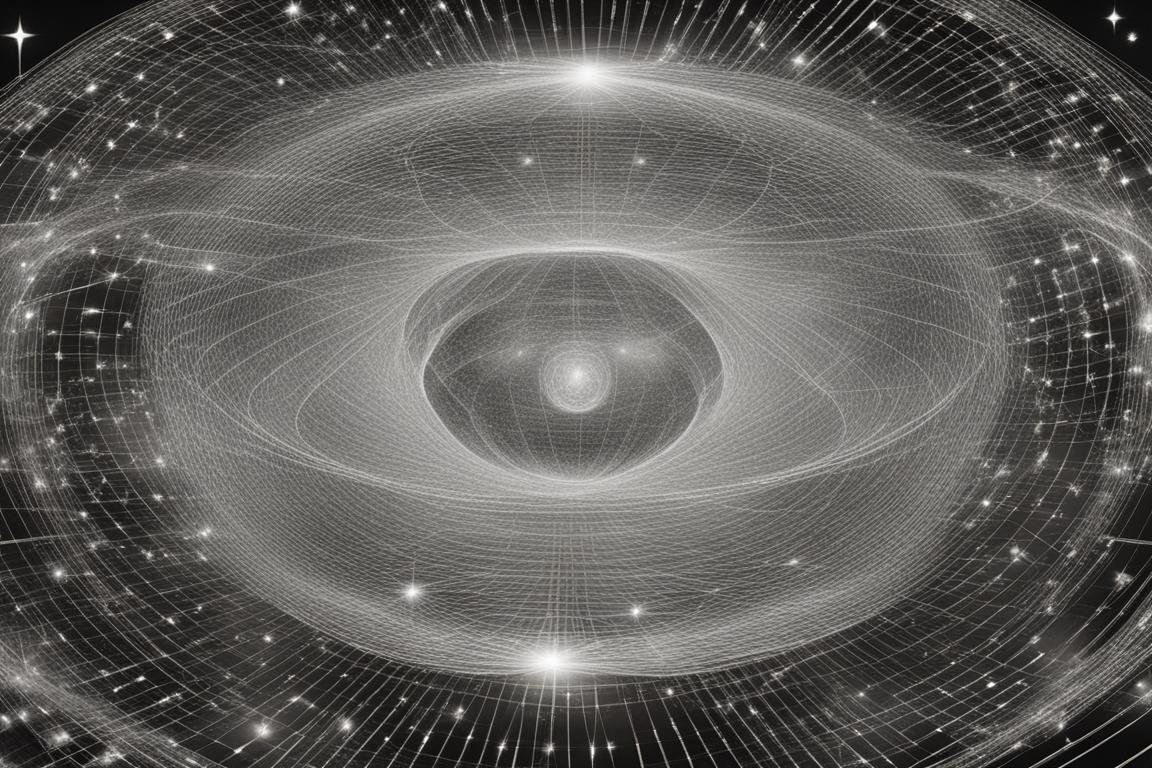
Quantum computing
Quantum computing uses the principles of quantum mechanics to process information in ways that classical computers can’t. It leverages phenomena like superposition and entanglement to perform complex calculations at unprecedented speeds. Imagine a computer that could solve all of today’s unsolvable problemsit’s on the horizon with quantum computing.

Quantum entanglement
Quantum entanglement is a phenomenon where particles become interconnected, such that the state of one (no matter the distance) instantaneously affects the state of another. It’s as if they share an invisible bond that defies the limits of space and time.
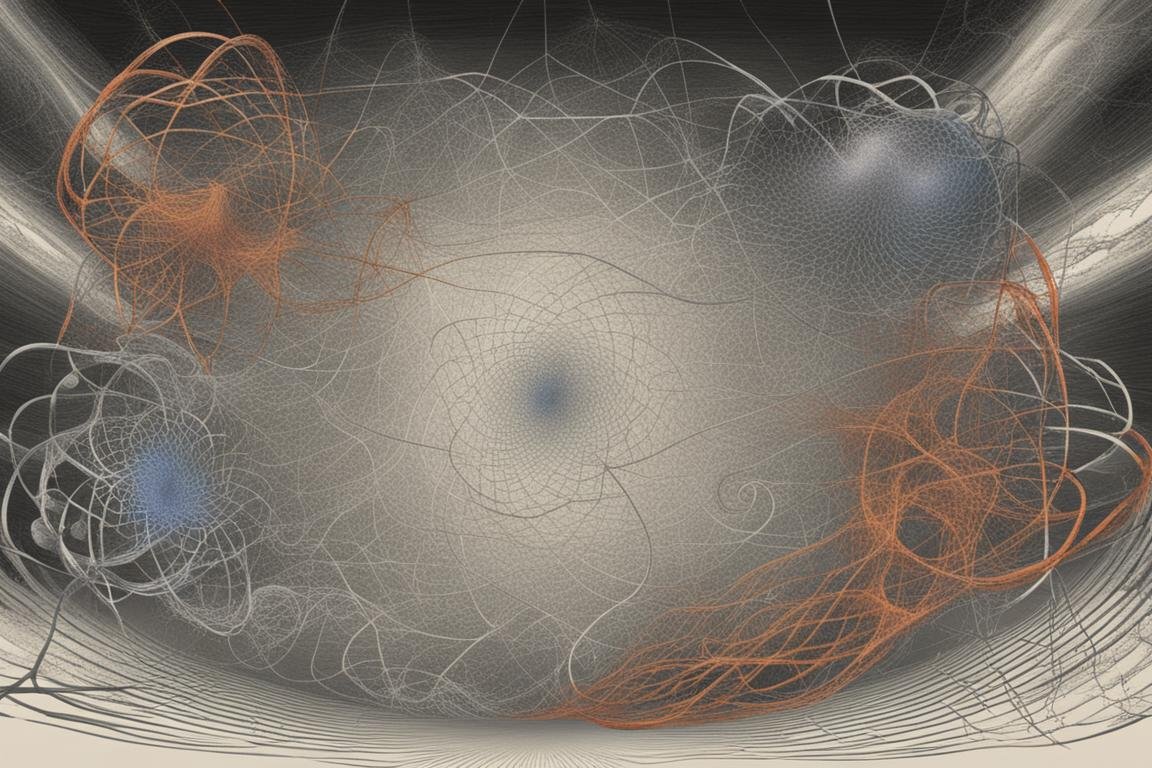
Quantum superposition
Quantum superposition is the ability of a quantum system to be in multiple states at the same time until it is measured. It’s the principle that allows a quantum bit (qubit) in a quantum computer to be both 0 and 1 simultaneously, vastly increasing computing power.
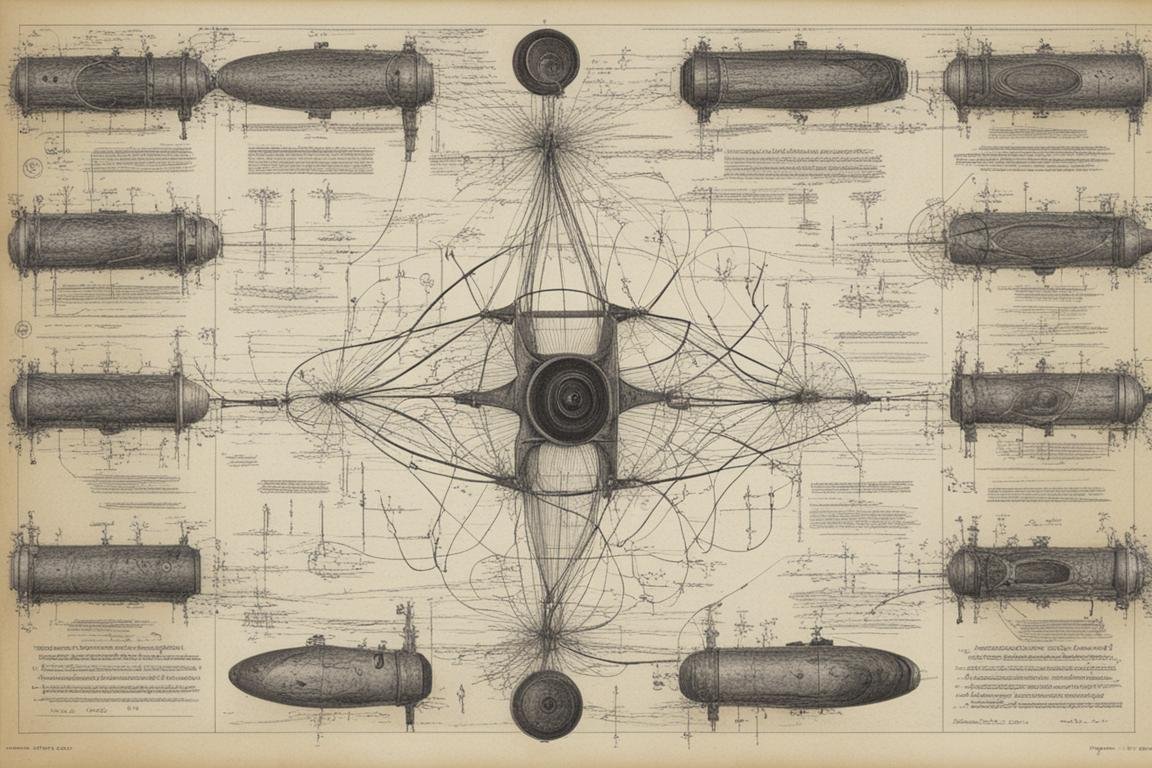
Quantum tunnelling
Quantum tunnelling is a phenomenon where particles pass through barriers that, according to classical physics, should be impenetrable. It’s like a ghost walking through wallsa particle can end up on the other side of an energy barrier without having the energy to climb over it.

Quantum teleportation
Quantum teleportation is the process of transferring the state of a particle to another particle at a distant location, using the principle of entanglement. It’s not about moving the particle itself, but rather the information it carries. Think of it as sending a fax from one particle to another across the quantum realm.
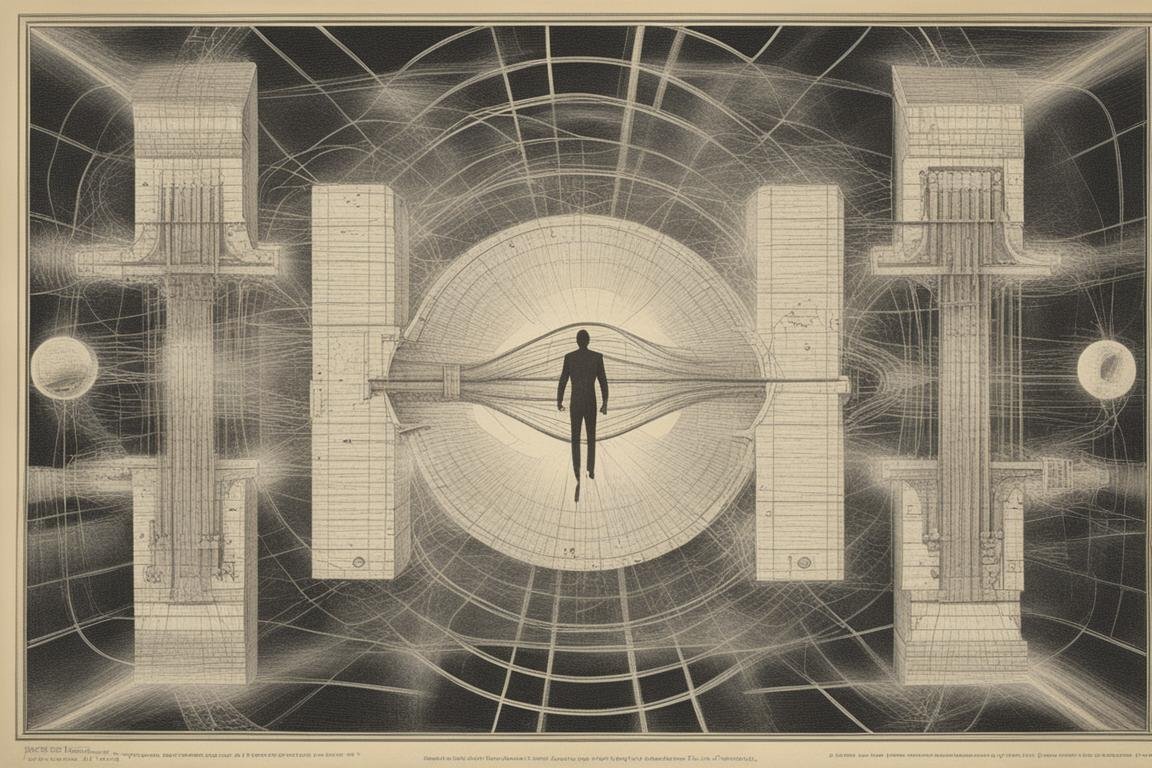
Quantum cryptography
Quantum cryptography uses the principles of quantum mechanics to secure communication in a way that is theoretically impervious to eavesdropping. It leverages the phenomenon of quantum superposition and the no-cloning theorem to ensure that any attempt at interception changes the communication, alerting the parties involved.
Quantum biology
Quantum biology is the study of applications and principles of quantum mechanics in biological systems. It explores phenomena like photosynthesis, enzyme action, and even bird navigation, which may involve quantum processes. It’s like discovering that nature has been using quantum mechanics in its operations all along.
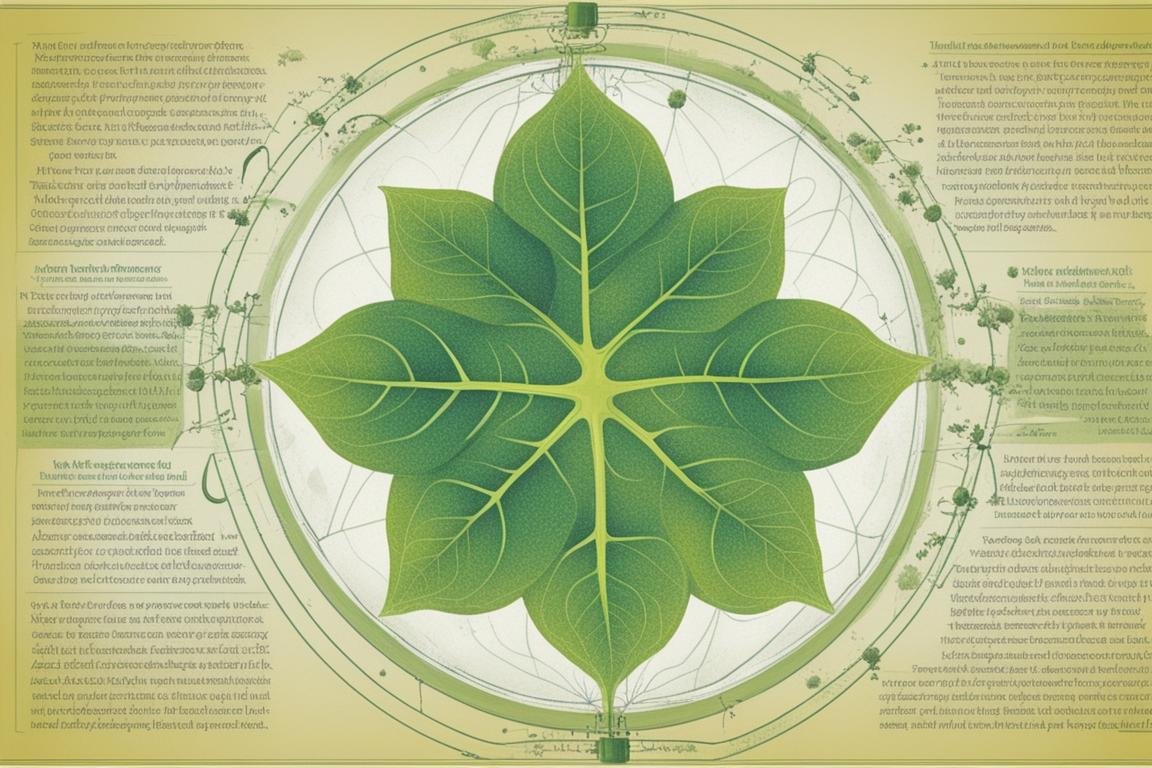
Quantum mind
The quantum mind hypothesis proposes that classical mechanics cannot fully explain consciousness and suggests that quantum mechanical phenomena, like entanglement and superposition, might play a part in the workings of the mind. It’s a controversial yet fascinating frontier that bridges physics with the mysteries of consciousness.
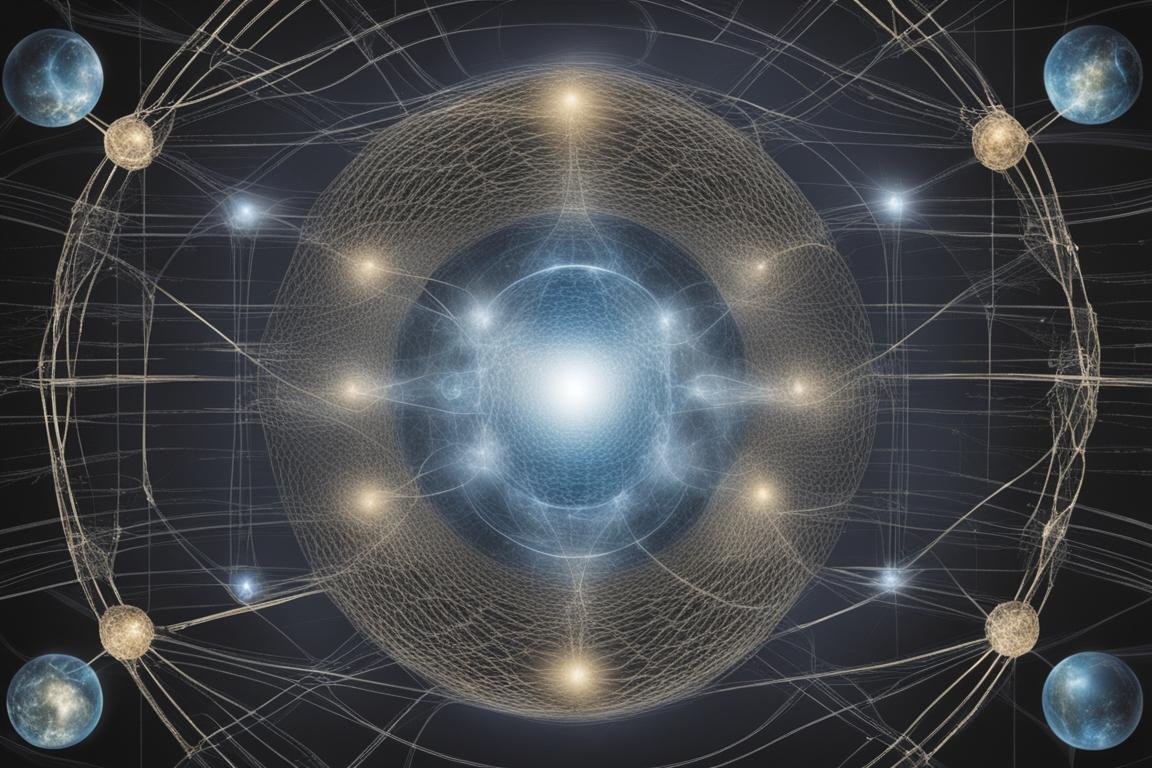
In conclusion, the quantum world is a strange, fascinating place that challenges our conventional understanding of reality. Each of these key concepts offers a glimpse into the myriad ways quantum mechanics shapes our universe, from the tiniest particles to the vastness of interstellar space. It’s a realm where the impossible becomes possible, and the more we learn, the more we realize how much we have yet to understand. The exploration of the quantum world is not just a journey through the depths of physics, but a voyage into the very essence of reality itself.
Common Questions
What is the quantum world?
The quantum world is the realm of physics that deals with phenomena at very small scales, like atoms and subatomic particles.
How does the quantum world relate to the supernatural?
The quantum world is sometimes used to explain supernatural phenomena due to its mysterious and unpredictable nature.
Who studies the physics of the supernatural?
Physicists and researchers delve into the physics of the supernatural to explore unconventional phenomena and theories.
What is an objection to connecting quantum physics with the supernatural?
Some may argue that it is a stretch to use quantum physics to explain supernatural phenomena without concrete evidence or scientific basis.
How can the quantum world impact our understanding of the supernatural?
By exploring quantum principles, we may gain new insights into the nature of reality and potentially shed light on supernatural occurrences.




